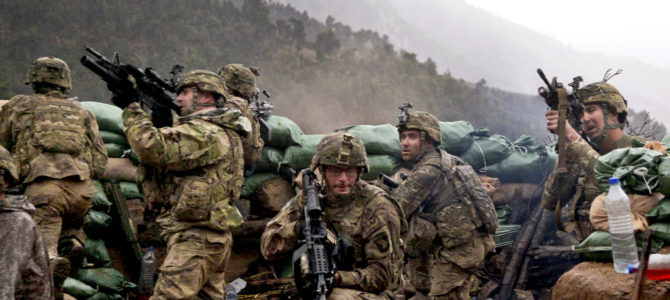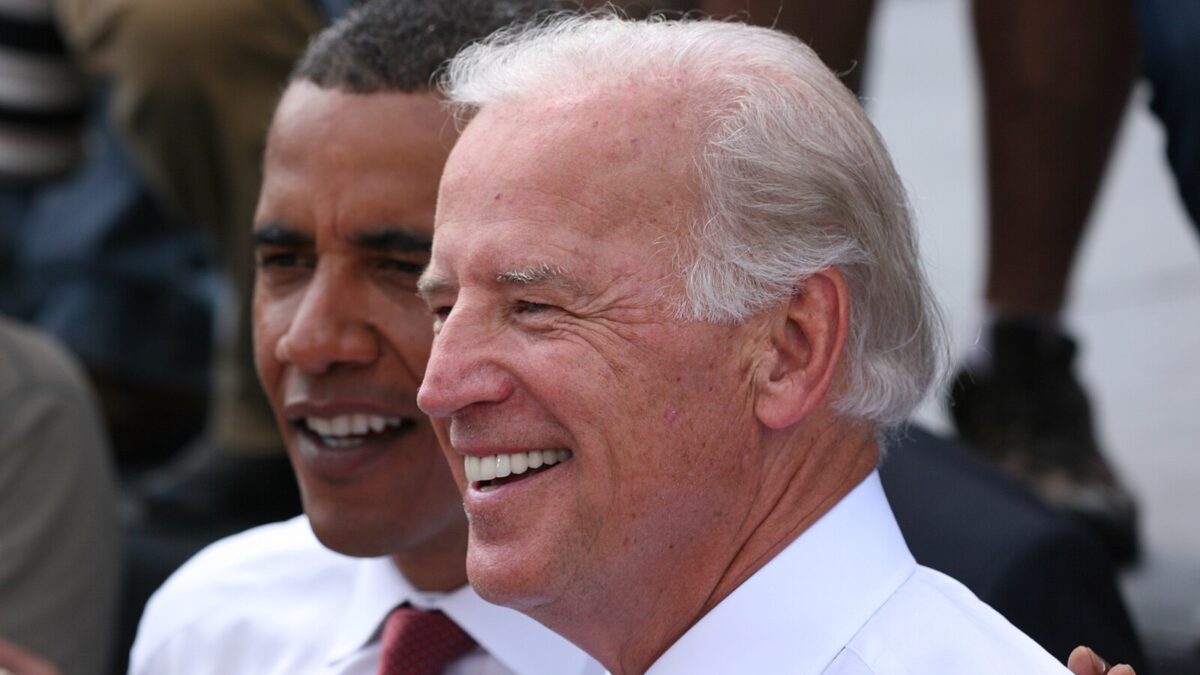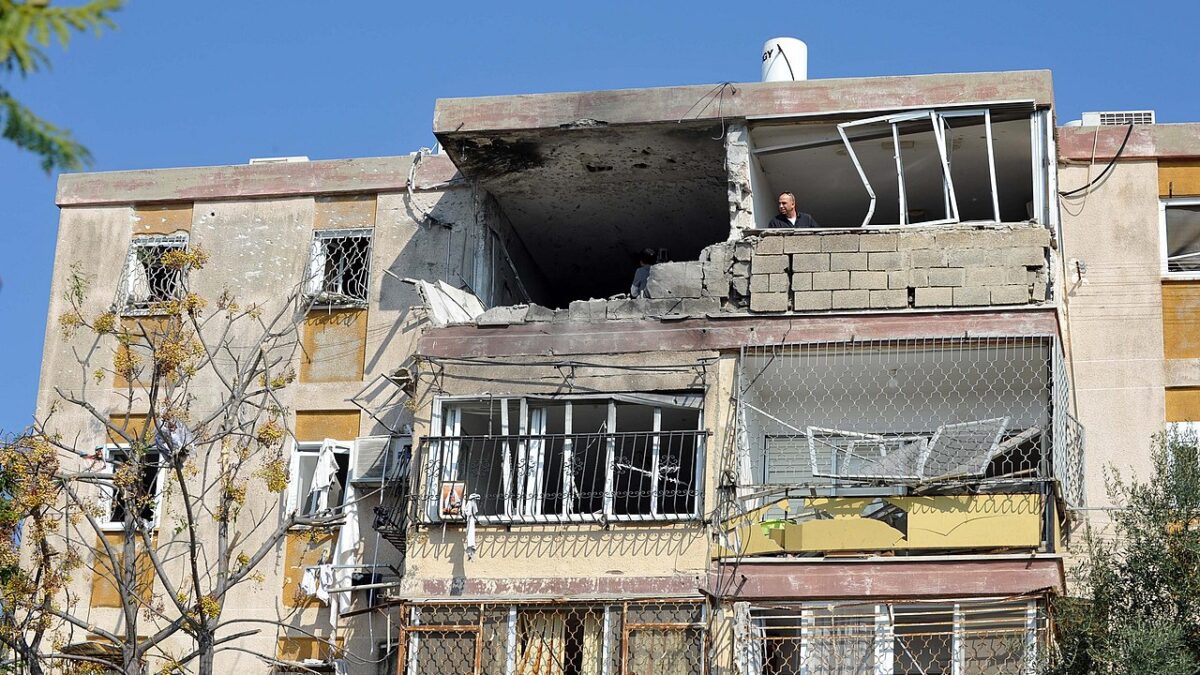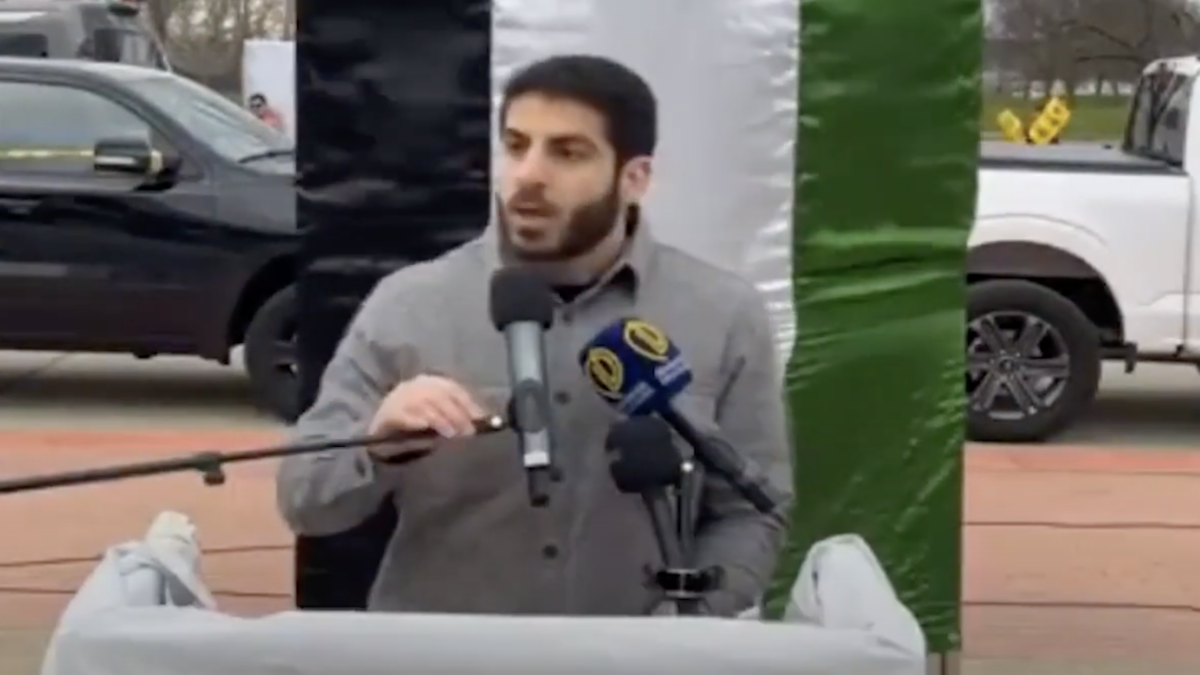
While public attention focuses on his Twitter antics, golfing trips, court battles, and collusion probes, President Trump has quietly increased the U.S. air war in Afghanistan to its highest level since former President Obama’s surge in 2012. Airstrikes are up, as U.S. coalition aircraft dropped more than triple the munitions in the first half of 2017 than they dropped in the same six-month span last year. Ground troop numbers are scheduled to jump, too, by about 50 percent.
These changes come as Trump delegates tactical authority to Defense Secretary Jim Mattis, who admits the United States is “not winning” in Afghanistan. His apparent solution is escalation as the fight there expands to include the local branch of the Islamic State, ISIS-Khorasan, alongside long-time insurgencies involving al-Qaeda and the Taliban, both of which in 2017 are newly thriving in the graveyard of empires, though the latter remains splintered and centrally focused on local rule, not international terror.
Mattis’ impulse to do something different is correct and necessary, which makes all the more frustrating the fact that he’s essentially doing more of the same.
Doing the Same Thing Hoping for Different Results
The United States is indeed “not winning” in Afghanistan, but Mattis’ approach, as of yet not crystallized into a formal strategy, is nothing new. He is so far doubling down on a failed status quo, dragging out a strategic loss already bought at the dear cost of 15 years, tens of thousands of U.S. and Afghan lives, trillions of tax dollars, and nation-building efforts both enormous and enormously ineffective.
While the Pentagon under Mattis’ leadership has pledged to “annihilate” ISIS-K by New Year, one need not be a pessimist to realize that will not happen. To acknowledge ISIS will still be active in Afghanistan come January is not naysaying. It is simple realism, amply supported by recent history and current observations alike. “Both local intelligence officials and the U.S. military believe that ISIS-K is replenishing its stock of fighters almost as quickly as it loses them,” The Washington Post reports, meaning measurable progress is negligible even with more troops and bombs in play, and a “sense that this may be an indefinite mission has set in.”
Even if ISIS-K were eradicated on this timeline, the outlook would be no less grim. “Terrorist organizations are not really organizations in a classical sense, nor are they static entities,” explains Trevor Thrall, a national security expert at the Cato Institute. “As the United States broke up al-Qaeda Central, eventually killing Osama bin Laden, al-Qaeda simply morphed and other groups emerged elsewhere to carry the banner, including ISIS.”
By now, Thrall adds, it should be evident that “killing individual terrorists does nothing to address the root causes of political conflict in the Middle East.” Strike one network down and another will spring up in the power vacuum its absence creates, because military intervention cannot annihilate the root causes of the Middle East’s political, cultural, and religious conflict. “In fact,” Thrall notes, “many people, including American military commanders, believe that the group-centric, terrorist-killing approach has caused more problems than it has solved.”
This Is an Unwinnable War
It is thus unsurprising that U.S. troops on the ground are discouraged, tasked as they are with retreading ground they’ve now gained and ceded for the better part of two decades, revisiting past battles first fought with friends whose lives were lost to an exercise in futility.
Why is Washington asking them to do this again? Why is the Trump administration following its predecessors on this fool’s errand, spilling blood and treasure in pursuit of an impossible goal? The United States cannot “fix” Afghanistan with external military intervention on any feasible scale—and we know that because we’ve tried all possible variations thereof.
The one bright spot here is that President Trump is reportedly not fully persuaded of the “maintain and escalate” rut into which his administration has fallen. “It’s clear Trump and people close to him are still saying, ‘Where are the options? This is too status quo,’” former senior officials told Politico. Trump expressed this skepticism publicly at a lunch with military personnel last week. “We’ve been there for now close to 17 years,” he said, “and I want to find out why we’ve been there for 17 years, how it’s going, and what we should do in terms of additional ideas.”
That flickering reticence to continue the current course must be coaxed into a full-blown flame. Indefinite U.S. military intervention in Afghanistan is not our only option, nor is there any persuasive evidence it is keeping the United States or the Afghan people safe. The additional idea Trump seeks is a fundamental reorientation of our Mideast policy away from nation-building and endless counterinsurgency campaigns and to a prudent new strategy that defends American vital interests instead.









